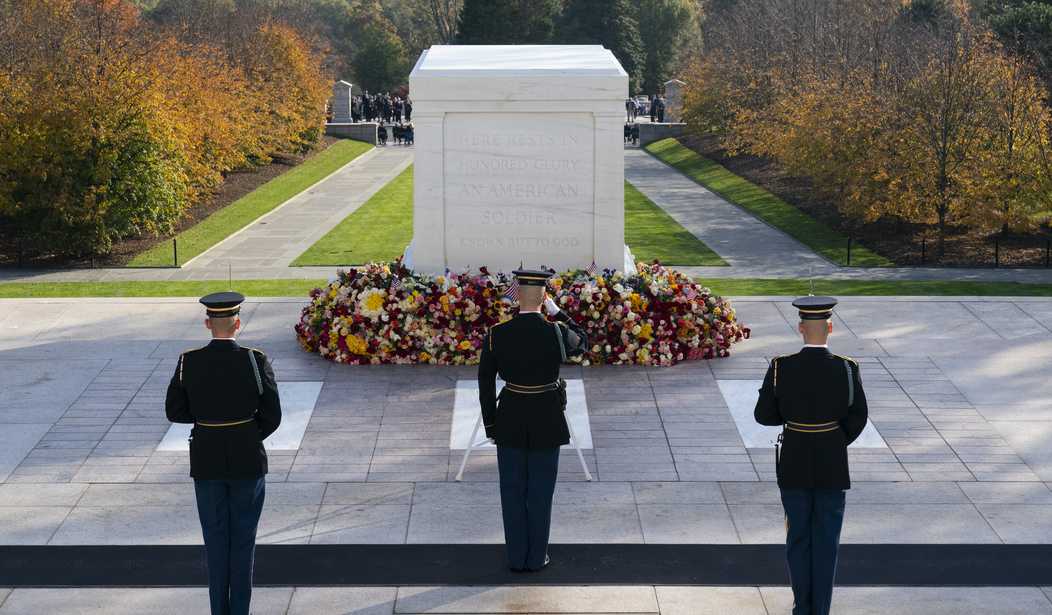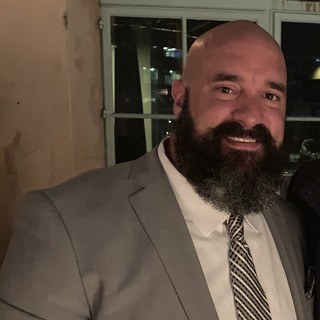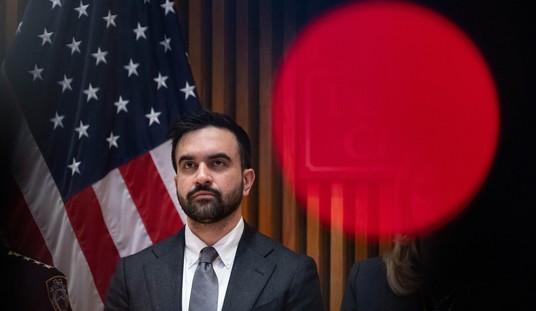The American Veteran has, by definition, served their country in uniform, and a large percentage of them have done so in combat. When these men and women exit their respective military service, they go from active servicemember to veteran in the blink of an eye. As veterans, we are all sent to a place where, we are told, we will be able to get medical and mental health services, along with education services: the Veterans Administration. But what we weren't and probably aren't being told, is that the VA is so jammed with patients and veterans seeking assistance, we are going to have to "take a number" and wait for assistance. This is a death sentence for some veterans, and at the very least, it is a hindrance for most, which will cause years of stress and anxiety that we were not prepared to deal with. America is failing us, and nobody seems to care enough to offer sound reforms or legislative help that would alleviate the problem.
For some veterans, when they leave the service, their lives are relatively "normal," as in they are able to transition back into the civilian world without much difficulty and quite possibly already have a job. The rest of the community has a range of difficulties, ranging from minor, all the way to life-altering, and the only place we can go to for help is the VA. Getting out of the military is a life-altering event, which I wrote about in my Loss of Purpose Series. It is an experience that is not unique to me, but to everyone who leaves the military. And the VA, along with the federal government, is failing us all due to incompetence and ignorance.
When I got out, the process for "becoming a civilian again" was by all measures pathetically poor. I took what were referred to (not sure if they changed the name) as TAPs classes, which stood for the Transition Assistance Program. This class was three days long, and what they did was throw all the Marines and Corpsmen who were getting out into one room and attempted to tell us how to act. There were Captains, a Major, four Gunnery Sergeants, two Sergeants Major, and the rest of us (roughly 25) were Sergeants and below. We were told to address each other by first name only, and you can imagine the complete insanity I and others felt addressing a Major, let alone a Sergeant Major, by their first name. To be honest, the classes were a blur to me. I was already apprehensive about getting out, and I was concentrating on not making any mistakes.
The classes taught me one valuable thing though: Make three copies of your SRB (Service Record Book), medical, and dental records to take with you to the VA when you register because the VA will not have any of your records on file. This sounded incredibly stupid to me because I thought to myself, "Why the hell doesn't the VA have that stuff already?" Without the records, they said, it would take months or maybe years to get me into the system in order for them to qualify me for benefits. But even with copies in hand, in June of 2005, when I walked into the VA center in the San Fernando Valley of Los Angeles, all I was able to do was get my VA identification card after sitting there for five hours. It took another nine months to get into the healthcare system and get screened for the GI Bill and my disability ratings. The only thing I was successful in getting was my GI Bill benefits, which I used a little bit before I got hired by the LASD in 2006. However, it wasn't for another seven years that I was able to get certified for my disability rating and benefits; a total of nine years went by before that happened.
To the VA, I was merely a number — out of a very large number of over seven million veterans being seen by them. Out of the two primary care doctors that I had over the span of the first year and a half, I asked one of them how many patients he was responsible for because it usually took me a few months to get an appointment. He told me that he had about 350 patients for himself, and the average caseload was between 300-500 per doctor. Being a little ignorant at the time, I asked him if that was normal, and he said yes because there weren't enough doctors to handle the number of patients.
The mental health department of the VA was even worse, as they were struggling to handle the tens of thousands of cases in the Los Angeles area alone. Those appointments were bad all around. They asked me what my symptoms and complaints were, and I told them, and before I could elaborate, I was handed three different prescriptions for sleep and PTSD and told to come back if there were any problems. I never had the same doctor more than once. It was impossible to gauge who I was talking to or even get a sense of comfort so I could confide in someone about what was going on. You can clearly see the frustration and desperation in the veteran in this video as he describes almost the same experience that I had.
This video is heartbreaking. Illegal migrants are receiving free accommodations and healthcare while our veterans are suffering like this. pic.twitter.com/pbPbTZlVsM
— Libs of TikTok (@libsoftiktok) November 1, 2023
Officially founded in 1930, the VA, along with the federal government, has been behind the curve when it came to veteran care. It always seems to be the case that veterans are the afterthought of a major war or conflict. America learned that the hard way after World War II and the Vietnam War, where countless veterans were lost in the system, and the physical and mental health services were overloaded to the point of failure at times.
Half-hearted attempts to reform the VA were made in the 80s and again over the span of the next 30 to 40 years, but the system is still teetering on the edge. With billions and billions of dollars being spent on other countries and billions more being spent at home on illegal immigrants and other social justice programs, American veterans are being left behind. Yes, the VA has a very large budget for this fiscal year, to the tune of $325 billion, but not all of that money goes to physical and mental health services. A very large chunk of that goes to disability payments and education benefits, of which both are extremely important.
But even more goes to facility maintenance, vehicles, salaries, their own organic police force, and so much more. I had to have a minor surgery back in 2015, and the closest VA hospital for me was the one in West LA, where I live. It takes me roughly an hour to get to it. One significant problem I saw was that the building itself was so run down and old that it felt dirty. However, the bigger problem I saw was the number of veterans who just lived there. What I mean is that these men take buses to the hospital just to be around each other because that's the only help they can get. Dozens of veterans, in wheelchairs or on crutches, mingling about smoking and talking to each other. It was like a pit of despair seeing that, and I felt like an a—hole because I wasn't in their shoes. I had a family, a car to get me where I needed to go, people to talk to. It breaks my heart, and it should break yours, too. These men and women did what hundreds of millions of Americans won't do: serve their country in uniform. In Part Two of my Loss of Purpose Series, I spoke of an essay written in 2012 by former Army Ranger Captain Nick Palmisciano called The 0.45 Percent. He details the extremely small number of veterans who have served this great Republic.
In World War II, 11.2% of the nation served in four years. In Vietnam, 4.3% served in 12 years. Since 2001, only 0.45% of our population has served in the Global War on Terror. These are unbelievable statistics.
Over time, fewer and fewer people have shouldered more and more of the burden and it is only getting worse. Our troops were sent to war in Iraq by a Congress consisting of 10% veterans with only one person having a child in the military. Taxes did not increase to pay for the war. War bonds were not sold. Gas was not regulated. In fact, the average citizen was asked to sacrifice nothing, and has sacrificed nothing unless they have chosen to out of the goodness of their hearts.
The only people who have sacrificed are the veterans and their families.
At the end of the day, America needs to do better, much better, in order to treat and care for the people who sacrificed so much for people they didn't know and a country that doesn't seem to care. Enough with the empty platitudes and gestures from our government officials. It is time for our elected leadership to put our veterans first before Ukraine, before illegal immigrants, before the rest of the damn world, and sure as hell before anyone who didn't serve and freeloads off this country.















Join the conversation as a VIP Member